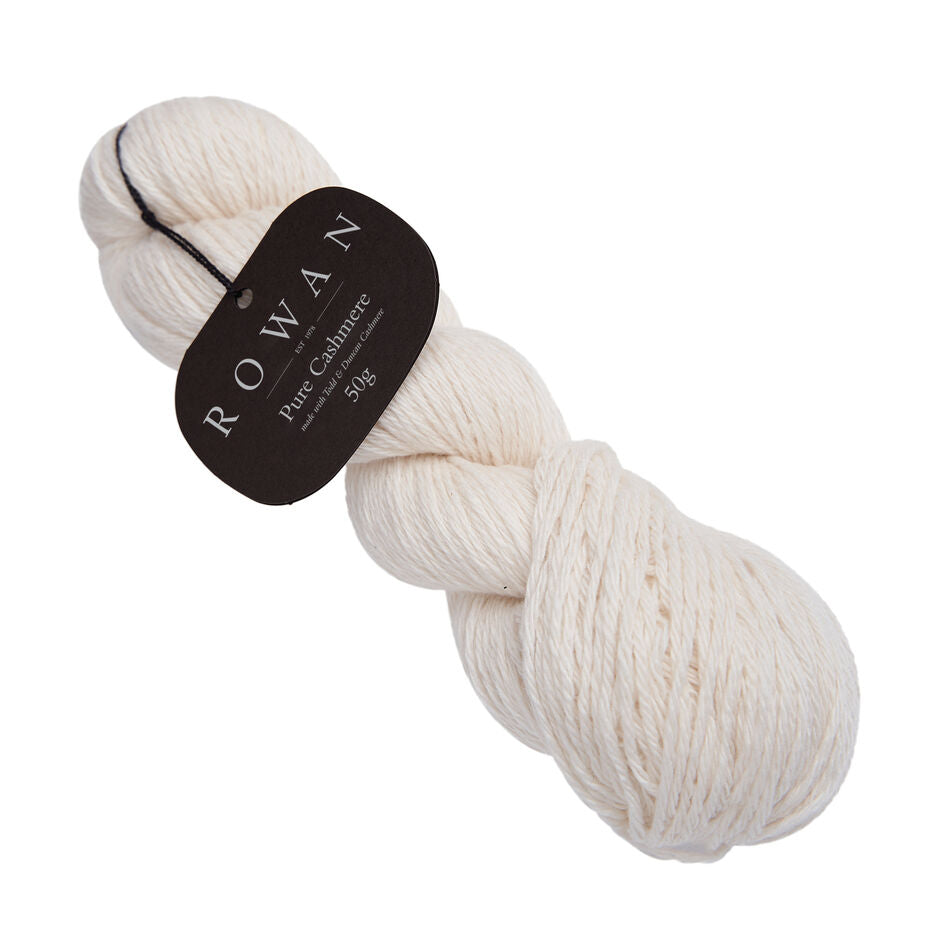The Beginnings and Perks of cashmere in Creating Luxurious Clothing
The Beginnings and Perks of cashmere in Creating Luxurious Clothing
Blog Article
Comprehending the Various Kinds Of Cashmere a Natural Fiber and Their Unique Benefits

The Beginnings of Cashmere: A Historical Introduction
While the extravagant touch of cashmere proceeds to appeal modern-day consumers, its origins map back to the extreme, chilly environments of Mongolia and the Mountain ranges. For centuries, the indigenous peoples of these regions have been elevating Capra Hircus goats, the prime source of cashmere wool. These goats, durable versus the extreme winters, grew a great undercoat to endure, which later on came to be recognized as cashmere. The name itself pays tribute to Kashmir, a region in India where the wool was initially refined. Much of the early cashmere trade path was assisted in by the Silk Roadway, attaching Asia with the Center East and Europe. Despite its worldwide spread, the finest cashmere is still believed to originate from the initial regions of Mongolia and the Himalayas.
The Production Refine: From Goat to Garment
Shearing a Capra Hircus goat notes the beginning of the detailed cashmere manufacturing procedure. The resultant raw cashmere is then washed to remove pollutants such as veggie, grease, and dirt matter.
The tidy fiber is subjected to coloring, rotating, and weaving, or knitting, to change it right into a textile. Facility procedures such as high quality control checks and completing processes comply with, ensuring completion item preserves the luxurious standard anticipated of cashmere. This meticulous procedure, from goat to garment, validates the high expense affixed to cashmere products, making them a symbol of high-end and improvement.
The Different Sorts Of Cashmere: A Thorough Analysis

The Unique Advantages of Cashmere: Convenience and Sustainability
Moving from the variety of cashmere types to the advantages they supply, comfort and sustainability stand out plainly. Cashmere, a natural fiber, is renowned for its unmatched softness, giving a level of convenience that artificial fibers can not match.
When it concerns sustainability, cashmere is sustainable and biodegradable, as it's harvested from cashmere goats that regrow their coats each year. what is cashmere. Unlike artificial fibers which can take centuries to disintegrate, cashmere's impact on the environment is marginal. This combination of convenience and sustainability makes cashmere a valuable option for mindful customers

Caring for Your Cashmere: Upkeep and Conservation Tips
While cashmere is undoubtedly a extravagant and sustainable selection, it needs details care to keep its quality and extend its life expectancy. To start, cashmere should be hand cleaned using chilly water and a moderate detergent. Prevent wringing the garment or turning as it can harm the fibers. Rather, delicately squeeze out excess water and lay it flat on a towel to completely dry. In addition, cashmere items must be kept in a completely dry and awesome place, far from straight sunshine and dampness. Utilizing moth repellents can safeguard these garments from possible damage. Last but not least, it's recommended to prevent hanging cashmere to avoid extending. Rather, layer and shop them effectively to preserve their form and top quality with time.
Spending in Cashmere: Recognizing Its Worth and Worth
Although cashmere may initially appear like an expensive investment, its long-lasting worth and worth become obvious when you consider its amazing high qualities. Recognized for its unequaled gentleness and heat, cashmere is a premium all-natural fiber that exceeds various other products. Investing in cashmere, for that reason, is not simply regarding present style trends, what is cashmere but about embracing a sustainable, lasting, and lavish way of life.
Verdict
In summary, the kind of cashmere one selects, be it Mongolian, Chinese, or Italian, is dictated by individual choices for heat, deluxe, sustainability, and budget plan. Recognizing the beginnings, manufacturing process, and unique advantages of various types of cashmere can guide customers in their financial investment in this luxurious all-natural fiber.
Whether it's the exceptional heat of Mongolian cashmere, the cost of Chinese cashmere, or the eco-conscious production of Italian cashmere, there's a tale to be found behind each fiber type. Cashmere, an all-natural fiber, is renowned for its exceptional softness, providing a degree of convenience that artificial fibers can't match.When it comes to sustainability, cashmere is biodegradable and sustainable, as it's gathered from cashmere goats who regrow their layers annually. Understood for its unmatched soft qualities and warmth, cashmere is a premium all-natural fiber that exceeds other materials. Recognizing the origins, manufacturing procedure, and special benefits of different types of cashmere can lead consumers in their investment in this luxurious natural fiber.
Report this page